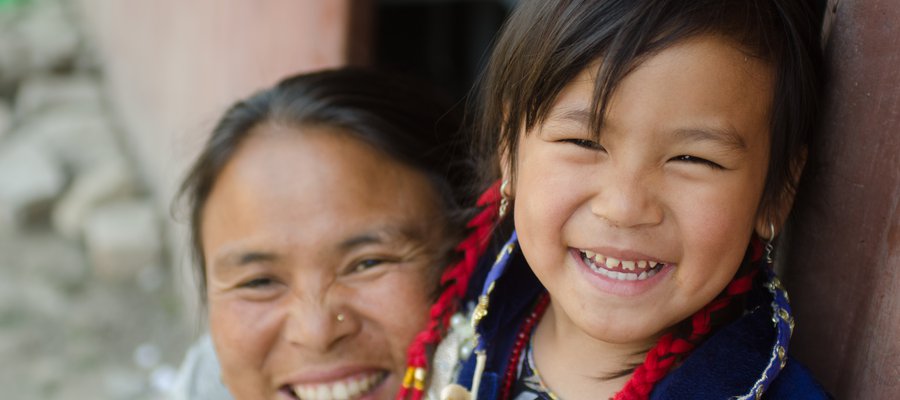Why I think we can defeat the world’s oldest disease in the next 15 years


By Brent Morgan, International Director of The Leprosy Mission
Leprosy is the oldest disease in the world. Sadly, hundreds of thousands of people are still diagnosed with it ever year. We are now entering 2020 and I believe that, in the next 15 years, we will end transmission by 2035.
The effects of the disease may live on for a generation in those people who will have already been diagnosed, but we will stop the disease in its tracks. This is a rallying cry as we enter the last 15-year stretch of a race we have been running for millennia.
We know exactly how to end this horrible disease
Ending leprosy transmission by the year 2035 isn’t an empty promise; we know exactly how to do it. The disease is curable through taking a course of three drugs, known collectively as Multi Drug Therapy (MDT). The drugs have been made freely available to all people affected by leprosy. Once a person has been taking MDT for 72 hours, they are no longer able to spread the disease.
When boiled down to its essentials, we will diagnose the last ever person with leprosy once we have successfully reached out to and provided MDT to every single person affected by leprosy. Our task is to spread awareness of the disease within the communities where it is commonly found so that we can get people treated.
People working for The Leprosy Mission (TLM) all over the world have worked hard to put together a road map that will drive us to zero transmission of leprosy by 2035. We know how to do this.
We don’t have just one approach
We will end the transmission of leprosy when we find and treat everyone with the disease. To achieve this within the next 15 years we will conduct research in laboratories so that we can develop new and better tests to diagnose the disease and so that we can find ways to stop people contracting the disease. We will also work closely with national governments to ensure that the right number of resources are set aside to conduct leprosy detection work.
On top of this, we will run campaigns to reduce the stigma surrounding leprosy so that people won’t be afraid to come forward for treatment. We will work with the United Nations so that they will hold nations accountable for their work to defeat leprosy. We will reach out into communities affected by leprosy with doctors and nurses so that we can find, diagnose, and treat all the cases of leprosy. We will do all of this and so much more in our effort to achieve our goal by 2035.
No disease has ever been defeated by one organisation
Just because we have a roadmap, doesn’t mean the road will be easy. Without the support of partners across the world, we won’t even get close to defeating leprosy by 2035.
We work closely with ILEP, The Global Partnership for Zero Leprosy, the WHO, the UN, national governments, countless national and local-level partners, and most, importantly of all, people affected by leprosy. Each one of these groups brings invaluable expertise to the fight to defeat leprosy. It is because we are working with these groups that I am confident we will achieve our goal.
There is one piece of the puzzle missing
We know how to end leprosy transmission, we have a road map to do it and the experts who can pull it off. All we need now is the money to make it happen.
Our organisation has been spurred on for more than 145 years by financial support from people, churches, schools, grant-givers, and governments. If we are to achieve our goal, your support is vital.
Our belief comes from a greater power
We were set up in the 1800s by a Christian missionary from Ireland named Wellesley Bailey. He met people affected by leprosy and saw that they needed help. He took his lead from Jesus, who showed us how we should care for people affected by leprosy: with healing and love.
Since those early days in the 1800s, God has been guiding this mission. It is with his support that we have gotten this far. We can be confident that we are doing God’s work and he will be with us as we finish the work that Jesus started when he first healed people affected by leprosy.
Friends, we are the generation that will bring an end to the oldest disease known to man. We are going to have a great reason to celebrate in 15 years.